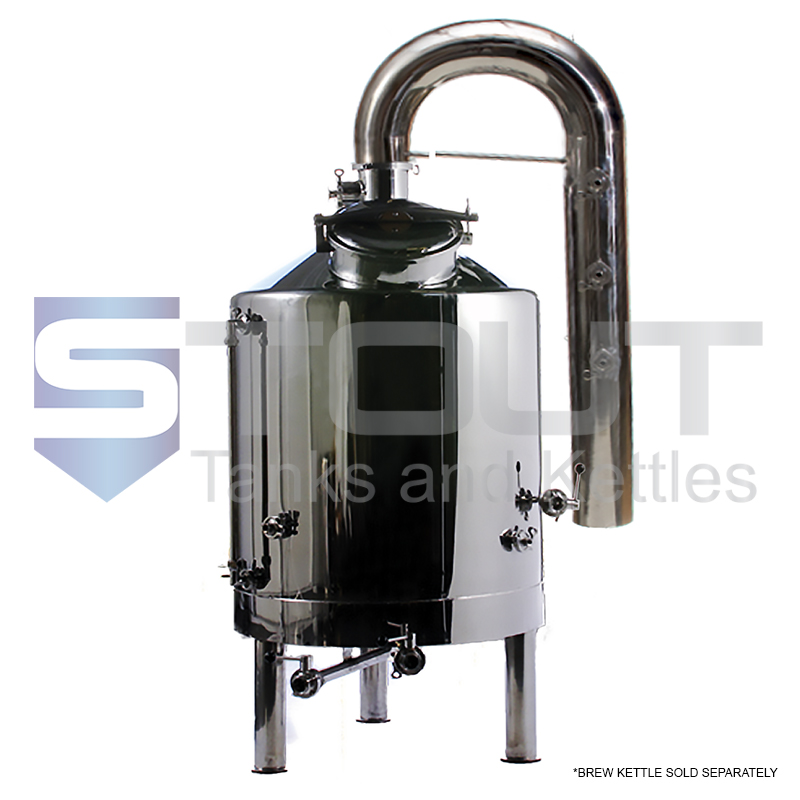I do let samples cool and settle and confirmed pre and post poil gravities on both hydrometer and refractometer. I forgot to measure pre-boil volume but if I assume it was correct(ish) and my post boil volume was high then I can assume my boil off rate was very low.
Will hopefully run a water test this week.
Will hopefully run a water test this week.























































![Craft A Brew - Safale S-04 Dry Yeast - Fermentis - English Ale Dry Yeast - For English and American Ales and Hard Apple Ciders - Ingredients for Home Brewing - Beer Making Supplies - [1 Pack]](https://m.media-amazon.com/images/I/41fVGNh6JfL._SL500_.jpg)










